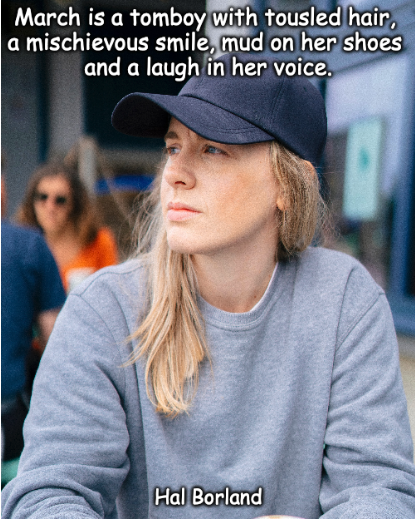Harold “Hal” Glen Borland:
(May 14, 1900 – February 22, 1978)
American writer, journalist and naturalist. In addition to writing many non-fiction and fiction books about the outdoors, he was a staff writer and editorialist for The New York Times.
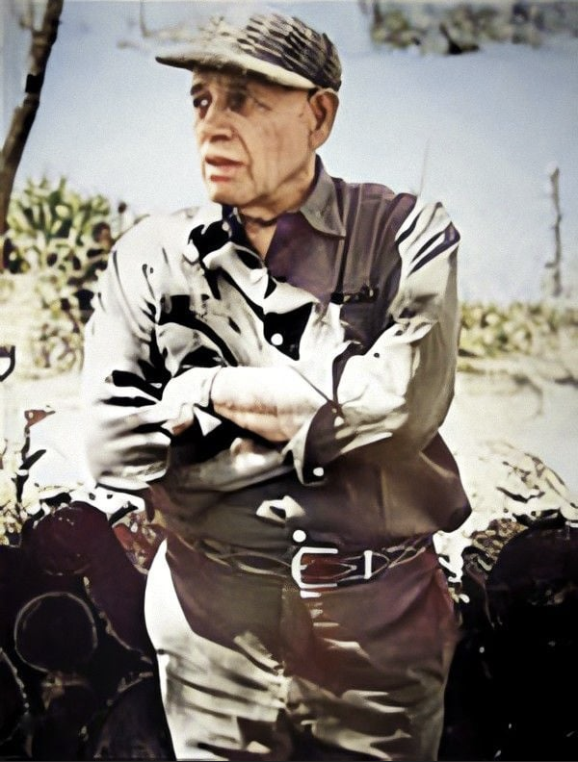
There are two seasonal diversions that can ease the bite of any winter. One is the January thaw. The other is the seed catalogs.
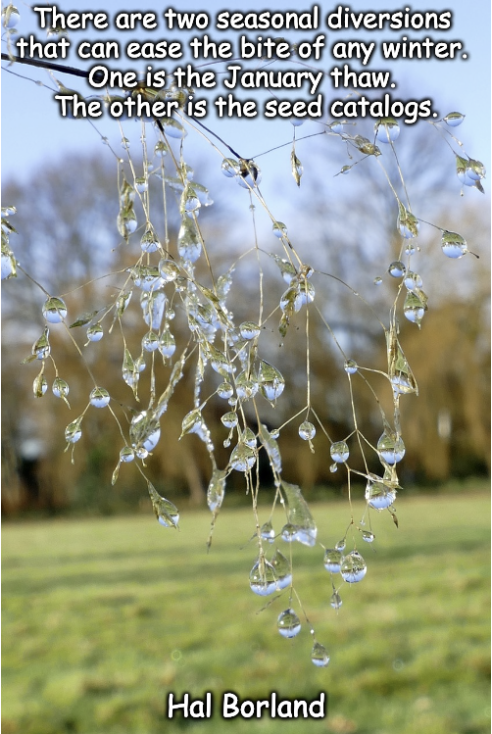
No winter lasts forever; no spring skips its turn.
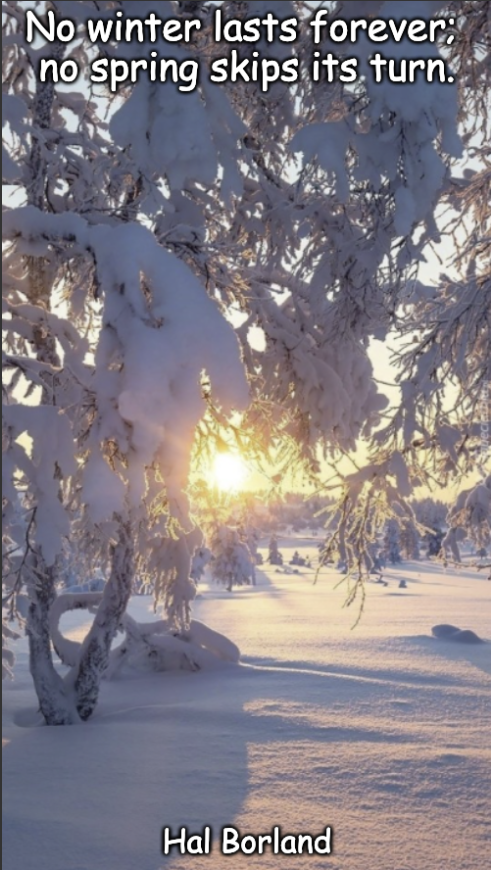
Year’s end is neither an end nor a beginning, but a going on—with all the wisdom that experience can instill in us.
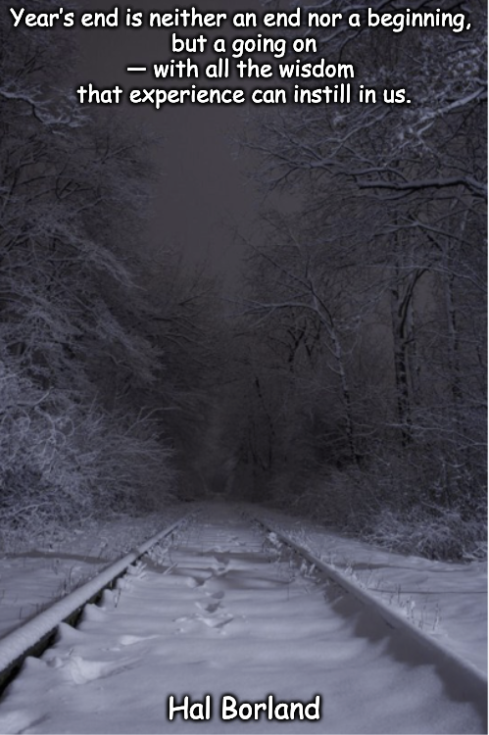
We seldom think of November in terms of beauty or any other specially satisfying tribute. November is simply that interval between colorful and dark December.
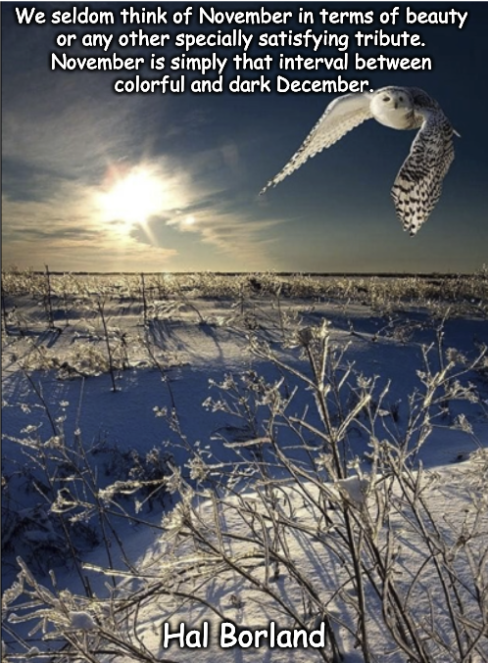
There is the touch of November in the air, chill enough to have a slight tang, like properly aged cider. Not air that caresses, nor yet air that nips. Air that makes one breathe deeply and think of spring water and walk briskly.
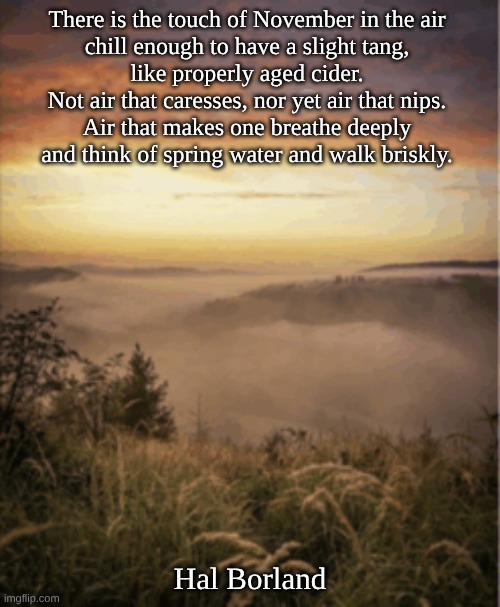
October is a fallen leaf, but it is also the wider horizon more clearly seen. It is the distant hill once more in sight, and the enduring constellations above that hill once again.

Some of the rarest days of the year come in September, days when it is comfortably cool but pulsing with life.
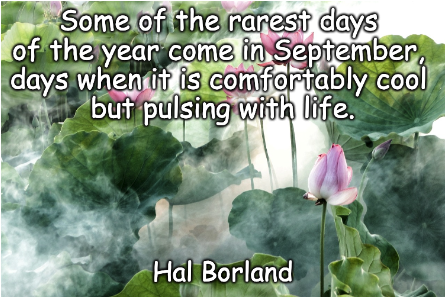
September is more than a month, really; it is a season, an achievement in itself. It begins with August’s leftovers and it ends with October’s preparations.
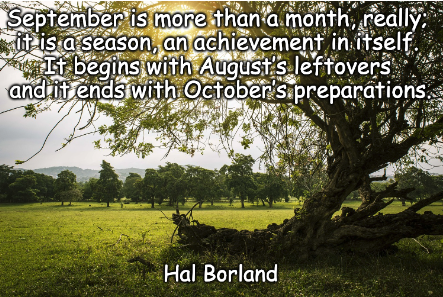
September is here, and summer thins away.
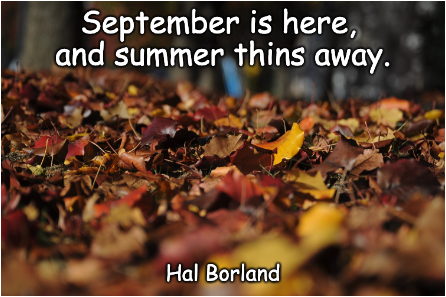
July is a picnic and a red canoe and a sunburned neck and a softball game and ice tinkling in a tall glass.
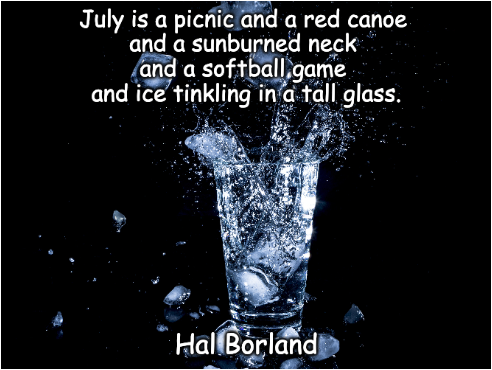
July is the high noon of the northern year, firefly nights, and corn growing so fast out in Iowa that you can hear its joints pop in the moonlight.
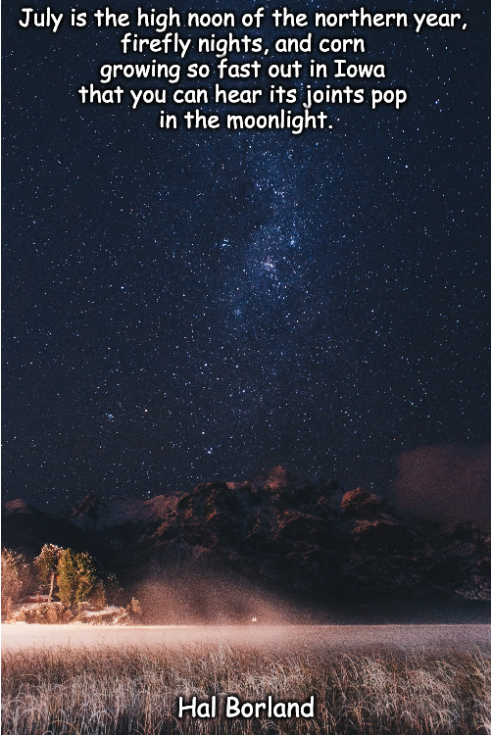
July is a blind date with summer.

Summer is a promissory note signed in June, its long days spent and gone before you know it and due to be repaid next January.
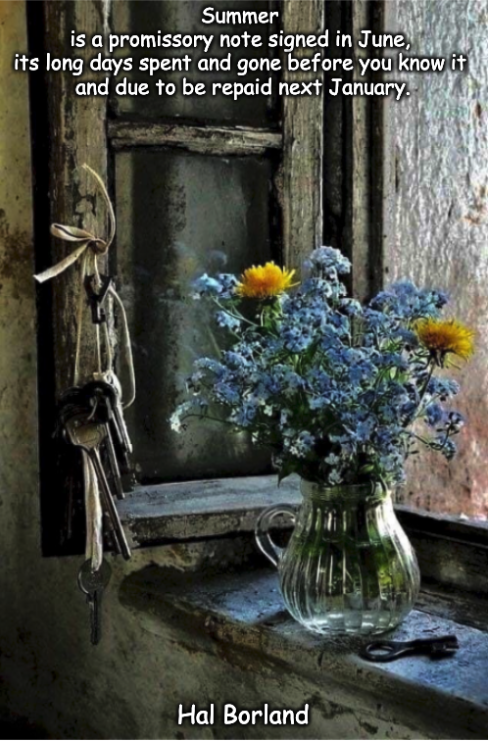
April is a promise that May is bound to keep.
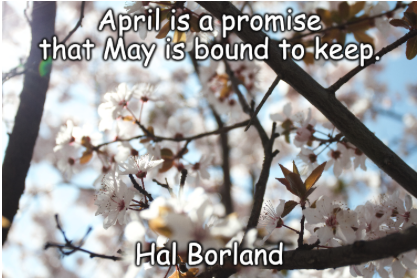
March is a tomboy with tousled hair, a mischievous smile, mud on her shoes and a laugh in her voice.
